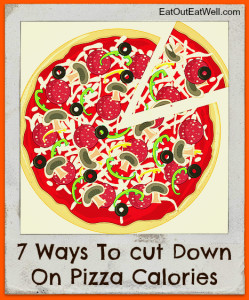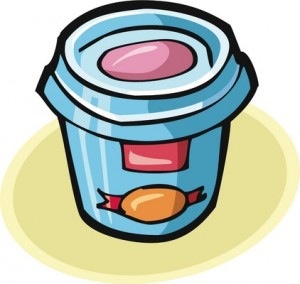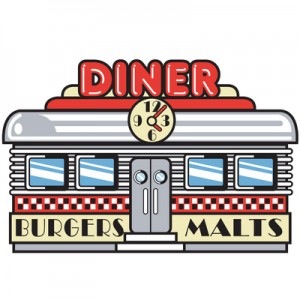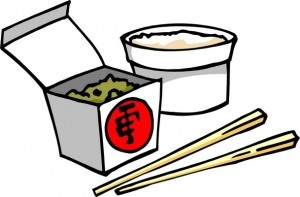 “Let’s order pizza.” Have you heard those words recently? Have you had “a slice” recently? Take comfort that you fit the stats:
“Let’s order pizza.” Have you heard those words recently? Have you had “a slice” recently? Take comfort that you fit the stats:
- American men, women, and children eat, on average 46 slices of pizza a year.
- 94% of Americans eat pizza regularly
- In the US, 61% prefer regular thin crust, 14% prefer deep-dish, and 11% prefer extra thin crust
- 62% of Americans prefer meat toppings; 38% prefer vegetables
- 36% order pizza topped with pepperoni
What’s Good, What’s Not-So-Good?
It’s difficult to estimate the number of calories and fat grams in a slice of pizza because the size and depth of the pies and the amount of cheese, meat, or other toppings vary enormously.
Here’s the good news: pizza can be a healthy food choice filled with complex carbs, B-vitamins, calcium, protein, vitamin A, and vitamin C and calorically okay if you choose wisely and don’t eat more than your fair share.
The not so good news: the amount of fat, calories, and portion size. If your mouth starts to water at the thought of golden brown crust and cheesy goodness — here’s the downer: that luscious slice of pizza that should be about the size of two dollar bills – not the size of a small frying pan or a quarter of a 12” circle.
7 Ways To Build a Better Slice of Pizza
- Order thin crust rather than a thick crust or deep dish.
- Resist the urge to ask for double cheese — better yet, go light on the cheese or use reduced-fat cheese (if they have it).
- Ask for a pizza without cheese but topped with veggies and a little olive oil. You can always sprinkle on a little grated parmesan for flavor; one tablespoon has only 22 calories.
- Instead of cheese go for big flavors like onion, garlic, olives but use them somewhat sparingly because of the oil. And don’t forget anchovies – a lot of flavor for minimal calories – but you have to like them!
- Choose vegetable toppings instead of meat (think about the fat content in sausage, pepperoni, and meatballs) and you might shave 100 calories from your meal. Pile on veggies like mushrooms, peppers, olives, tomatoes, onion, broccoli, spinach, and asparagus. Some places have salad pizza – great if it’s not loaded with oil.
- Order a side salad (careful with the dressing) and cut down on the amount of pizza. Salad takes longer to eat, too.
- If you’re willing (and not embarrassed or grossed out), try blotting up the free-floating oil that sits on top of a greasy slice with a napkin. Blotting (it’s easy to do this on the kind of hot slice where the oil runs down your arm when you pick it up) can soak up a teaspoon of oil worth 40 calories and 5 grams of fat.
Domino’s:
Check out the difference in calories for the same size slice (1/8th of a pie) between the classic hand-tossed pizza, the deep dish, and the crunchy thin crust for the same toppings. Then check out the difference in calories for the toppings.
Domino’s 14 inch large classic hand-tossed pizza
- America’s Favorite (Peperoni, mushroom, sausage, 1/8 of pizza): 390 calories
- Bacon Cheeseburger (Beef, bacon, cheddar cheese), 1/8 of pizza: 420 calories
- Vegi Feast (Green pepper, onion, mushroom, black olive, extra cheese, 1/8 of pizza): 340 calories
Domino’s 14 inch large ultimate deep dish pizza
- America’s Favorite (Peperoni, mushroom, sausage), 1/8 of pizza: 400 calories
- Bacon Cheeseburger (Beef, bacon, cheddar cheese), 1/8 of pizza: 430 calories
- Vegi Feast (Green pepper, onion, mushroom, black olive, extra cheese), 1/8 of pizza: 350 calories
Domino’s 14 inch large crunchy thin crust pizza
- America’s Favorite (Peperoni, mushroom, sausage, 1/8 of pizza: 280 calories)
- Bacon Cheeseburger (Beef, bacon, cheddar cheese), 1/8 of pizza: 310 calories
- Vegi Feast (Green pepper, onion, mushroom, black olive, extra cheese), 1/8 of pizza: 230 calories
Mall Pizza: There’s A Range
- A slice of Sbarro’s Low Carb Cheese Pizza has 310 calories and 14 grams of fat.
- A slice of Sbarro’s Low Carb Sausage/Pepperoni Pizza has 560 calories and 35 grams of fat.
- A slice of Sbarro’s Fresh Tomato Pizza clocks in at 450 calories with 14 grams of fat.
- Any of Sbarro’s “Gourmet” pizzas have between 610 and 780 calories a slice and more than 20 grams of fat.
- A slice of Costco Food Court Pepperoni Pizza has 620 calories and 30 grams of fat.
- “Stuffed” pizzas are even worse—790 calories minimum and over 33 grams of fat per slice.


